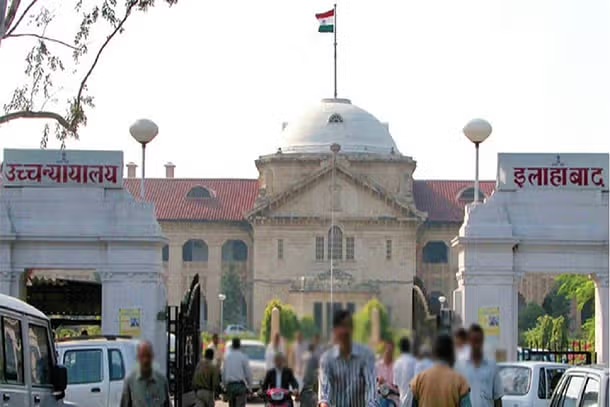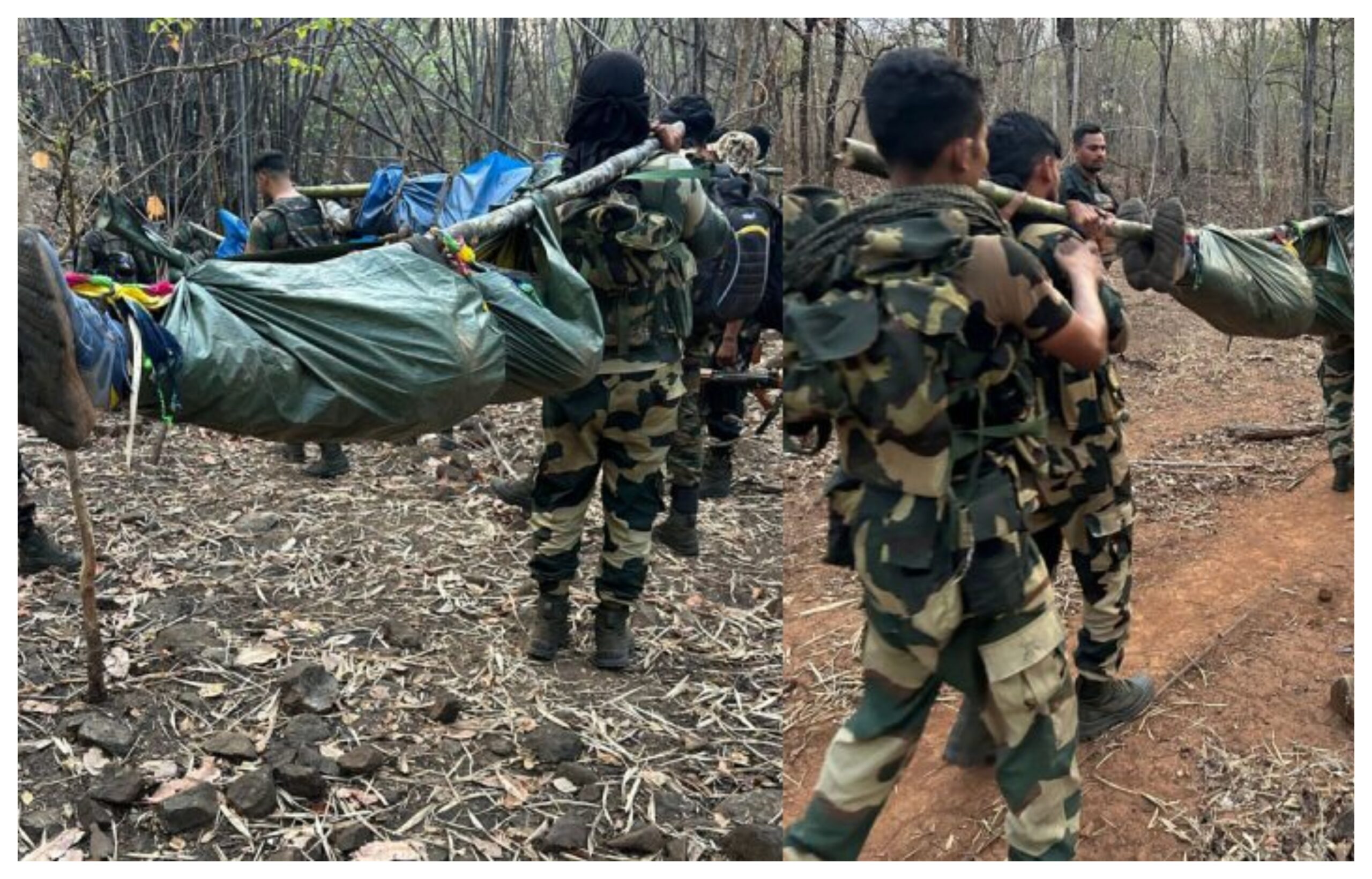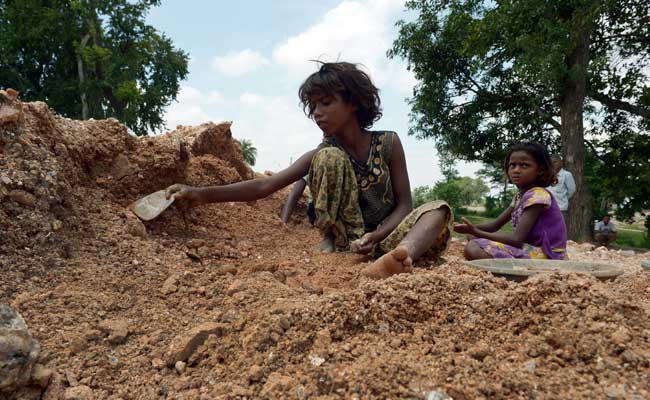Unveiling the Hidden Realities and Untold Stories of the Paradise on Earth

The first time I went to Kashmir, it overwhelmed me with its beauty. Crisp and cool, the air came with pine and the fragrance of flowers in bloom. It all culminated with lush green valleys and snow-capped mountain peaks. It seemed as though the scene was just extracted right from a postcard. The more I traveled through this picturesque region, the more I realized that there is more to Kashmir than meets the eye. There is a land defaced by the fancied image, rich in history and culture, and full of complexities—a sensitiveness that has remained oblivious to most travelers’ view and understanding.
But what made me realize the depth and complexity of this amazing place was the unexpected encounter that transpired later.
With a warm smile, an old man approached me, his face carved with lines that portrayed both joy and pain. He said, “Welcome to our paradise,” with sparkling eyes. But keep in mind, my dear friend—Kashmir is more than what you see in advertisements. It is a live, breathing organism with a history as old as our ancient chinars.”
Those phrases became the common thread that connected my travels around Kashmir, bringing to light depths of knowledge and understanding beyond the clichéd traveler’s story.
The Unseen Beauty Beyond Tourist Spots
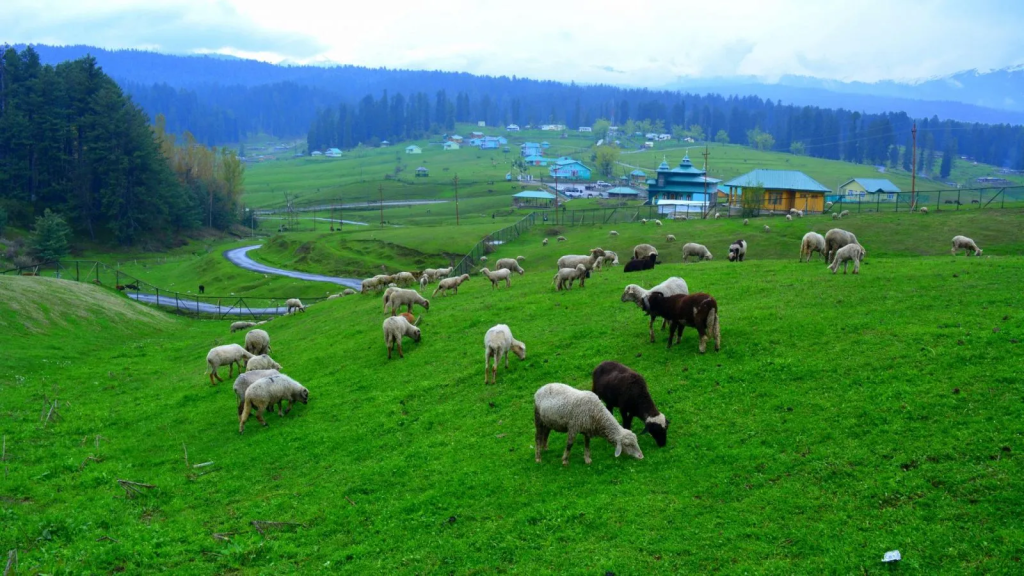
Though the limelight is often hijacked by the iconic Dal Lake, naturally armed with its enigmatic houseboats and shikaras, for me, the real charm of Kashmir lies in its lesser-known corners. Meandering wayfarers from jostling city spots bring me to quaint villages ensconced in the valleys, where time seems to stand still. It is in such places that one gets to see the simple yet profound beauty of everyday life. Picturesque, with shepherds tending their flocks, women weaving intricate pashmina shawls, and children playing in the meadows, it describes the life that is so full of struggle yet so strongly attached to the land.
Yusmarg is one of these villages, a calm meadow about 50 kilometers from Srinagar. Unlike the crowded streets of the capital, Yusmarg offers seclusion to the green pastures and crystal, clear streams. I home-stayed with a local family who extended a warm welcome, pouring out stories about their forefathers who had inhabited these mountains since time immemorial. From them, I got to understand the strength of the Kashmiri people: the spirit and soul of the region, a people ravaged by continuous turmoil but still deeply attached to their traditions and way of life.
Cultural Riches and Historical Depths
The rich tapestry that is Kashmir’s culture is woven with threads of Hinduism, Buddhism, and Islam, reflecting thereby a history that has been diverse and deep at the same time. One can witness this creational blend in this sore region’s architecture, festivals, and daily usages. The most striking example is the ancient Shankaracharya Temple, located on the crest of a hill overlooking Srinagar. This Lord Shiva temple dates from 200 B.C. and has an overview of the city view and the beauty of Dal Lake. Climbing its steep steps, I felt a sense of reverence, my hand automatically going to my head in respect, feeling a strange affinity with the thousands of pilgrims who had trudged up these over the centuries.
In the remote village of Gutlibagh, I stumbled upon the shrine of Syed Kamal-ud-Din, a 15th-century Sufi saint. What makes this shrine unique is the presence of lingams, typically associated with Hindu worship, alongside Islamic calligraphy. The caretaker, a local Muslim, explained how people of all faiths visit the shrine, each finding their connection to the divine.
This intermingling of faiths is also evident in the celebration of festivals. During Eid, it’s not uncommon to see Hindu neighbors joining in the festivities, while during Shivratri, many Muslims participate in the nightlong prayers and feasts. These practices, rooted in centuries of coexistence, offer a powerful counter-narrative to the religious divisions often highlighted in mainstream discourse.
The Complex Realities of Life in Kashmir

But beyond the beautiful landscape and abundance of cultural offerings, there is a reality that is often hidden from travelers’ view. Kashmir has been a conflict-ridden area for many years, affecting the daily lives of those who live there due to political unrest and security issues. I had the chance to talk to locals about their experiences and viewpoints while I was there, and I learned things that aren’t often included in popular narratives.
In the busy Lal Chowk market, I had a moving talk with a merchant. While enjoying kahwa, a traditional tea from Kashmir, he talked about the difficulties of residing in an area defined by insecurity and violence. His perseverance and optimism for a peaceful future were admirable despite these difficulties. This meeting, along with numerous more of a similar nature, brought to light the complexities of Kashmiri life and the resilience of its people, who persevere in their customs and hospitality despite facing significant challenges.
Plan your next trip to Kashmir – https://www.tripadvisor.in/Tourism-g297622-Kashmir_Jammu_and_Kashmir-Vacations.html
Conclusion: The Evolving Narrative of Kashmir
With the slow opening up of Kashmir to too many tourists, one realizes that responsible and sustainable tourism is the need of the hour. This rich region of natural beauty and cultural heritage is undoubtedly the greatest wealth, which needs to be passed down carefully to generations yet to come. With this in view, strenuous efforts are being made to promote eco-friendly processes, involve local people and businesses, and give the visiting tourists some meaningful experiences with the community. The growing interest in sustainable and responsible tourism offers hope for preserving Kashmir’s natural beauty and cultural heritage. Initiatives focusing on eco-friendly practices, community-based tourism, and the revival of traditional crafts are gaining traction, providing new avenues for economic development that align with environmental and cultural preservation.
Moreover, the digital age is allowing Kashmiris to share their own stories with the world, challenging stereotypes and presenting a more nuanced picture of their homeland. Social media platforms and online marketplaces are becoming powerful tools for artisans and small businesses to reach global audiences, potentially transforming the economic landscape..As we take our leave, we carry something with us—something more than mere memories of heart-stopping landscapes. It is an insight into a place so loose to characterize—a Kashmir that surprises one at each moment, inspires at each glance, and evolves every minute.

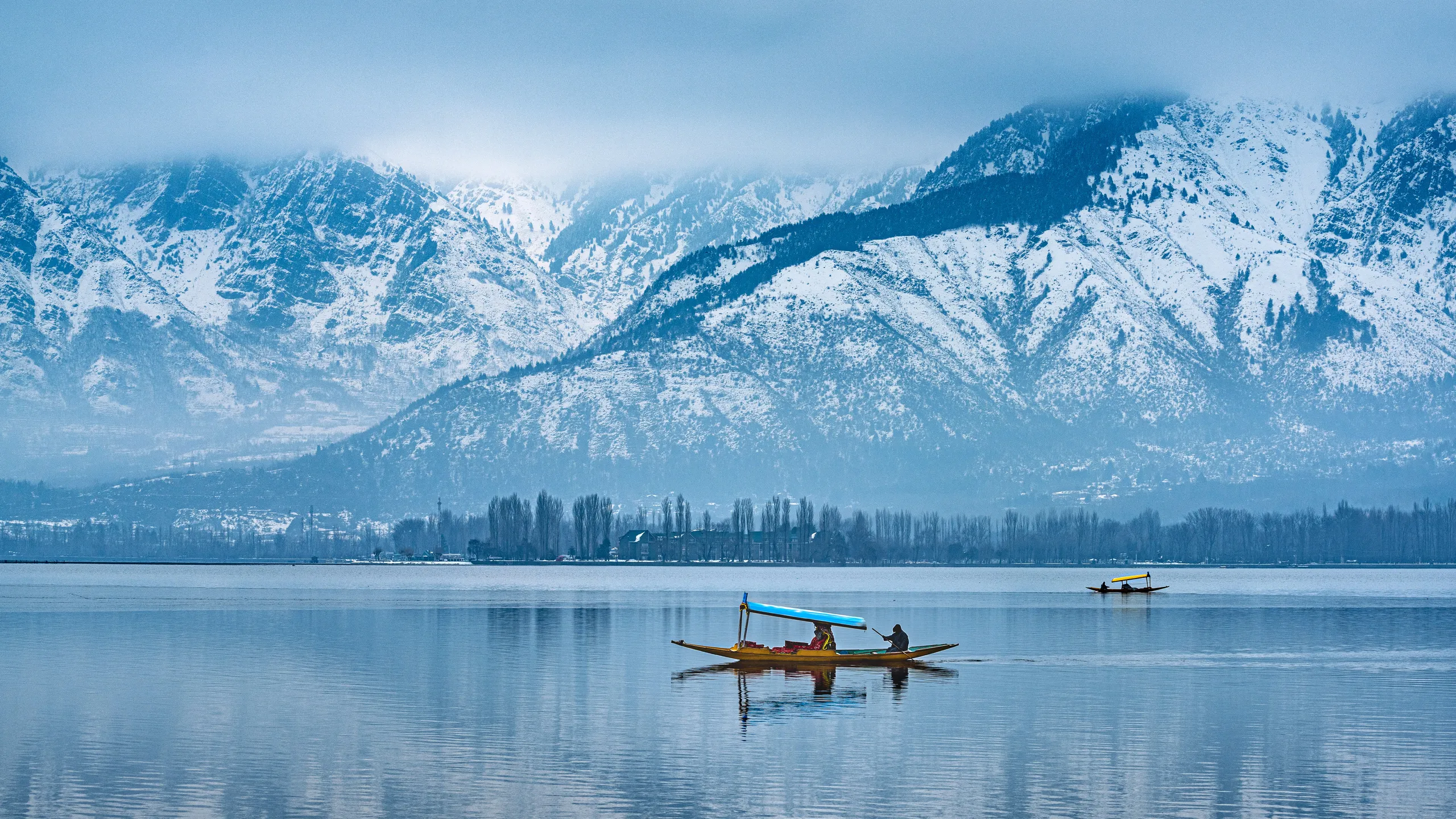
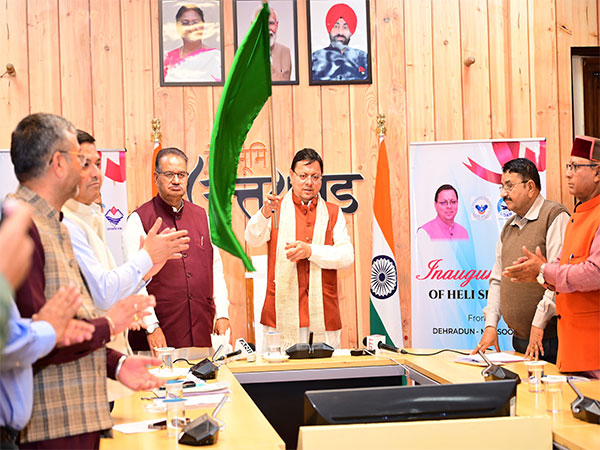
 By
By
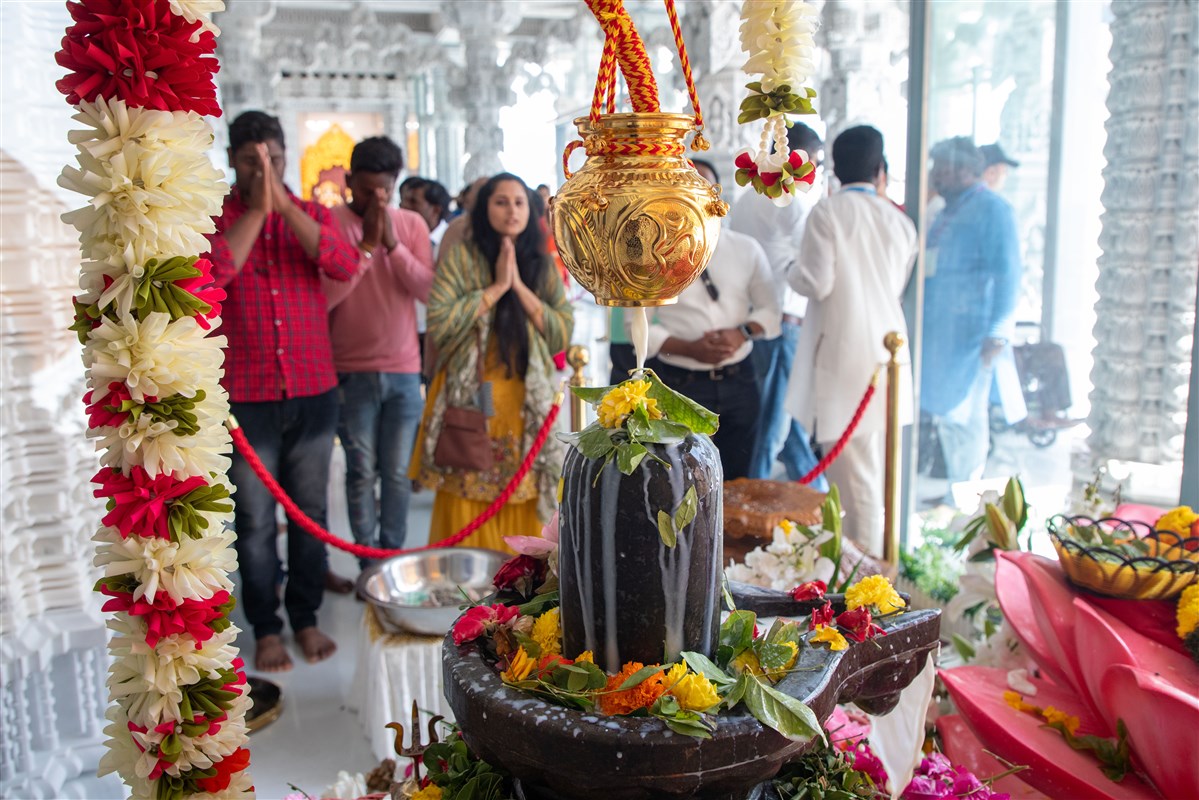
 By
By








